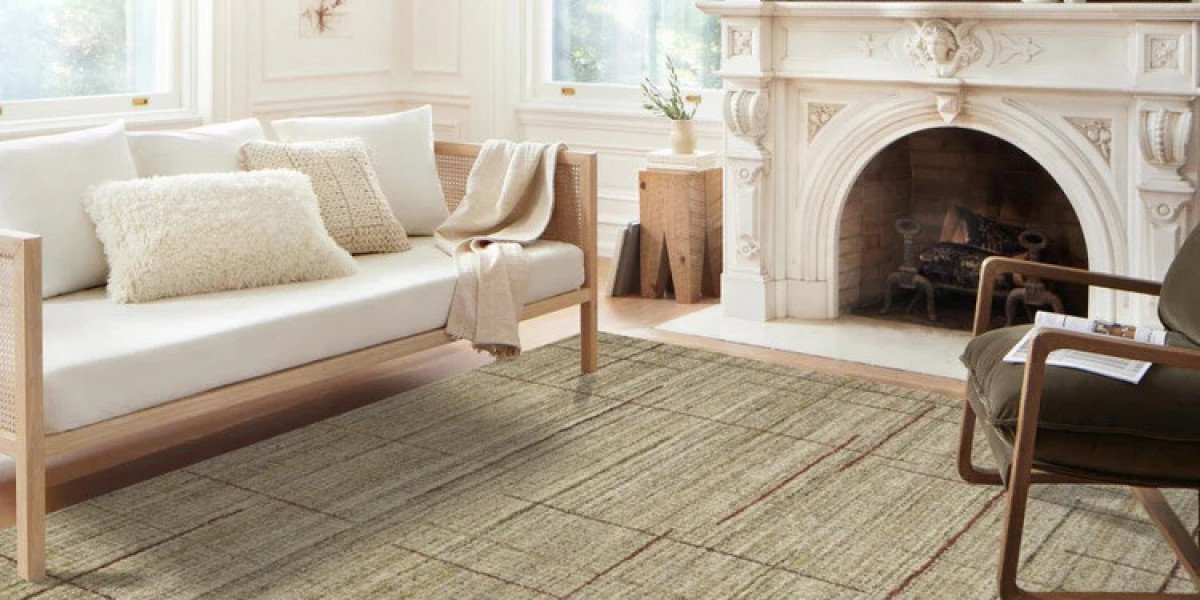A great rug is more than just a floor covering; it’s the anchor of a room. It adds warmth, texture, color, and personality. But with so many options online and in stores, how do you separate a truly high-quality rug from one that will look worn and flat in just a few months? The price tag isn't always the best indicator.
The market is full of terms like "plush," "durable," and "luxury," but these words can be meaningless without knowing what's behind them. Whether you're searching for sprawling high-quality area rugs to define your living room or specific high-quality bath rugs to create a spa-like feel, the core principles of quality remain the same.
This guide will demystify the process. We'll break down the three key pillars of quality—materials, construction, and density—so you can shop with confidence and find a rug that you’ll love for years to come.
1. Material Matters: What Your Rug is Made Of
The fiber of a rug is its DNA. It dictates its feel, its durability, and how it should be cared for.
- Wool: Often considered the gold standard for high-quality area rugs, wool is a natural fiber that is exceptionally durable, resilient (it springs back underfoot), and naturally stain-resistant thanks to its lanolin oils. It’s also flame-retardant and a great insulator. A high-quality wool rug can last for decades.
- Cotton: You’ll often find cotton in high-quality bathroom rugs and casual kitchen rugs. It’s soft, absorbent, and typically machine-washable, making it ideal for these high-moisture, high-traffic areas.
- Synthetics (Nylon, Polypropylene, Polyester): Don't dismiss synthetics. Modern technology has created incredibly soft and durable synthetic fibers. High-grade polypropylene, for example, is a fantastic choice for high-quality rugs for living room areas that see a lot of family action. It’s highly stain-resistant, easy to clean, and can be very budget-friendly. The key here is quality—avoid the thin, shiny synthetics that feel plasticky.
2. Construction is Key: How It’s Put Together
How a rug is made is just as important as what it's made from.
- Hand-Knotted: This is the most labor-intensive and traditional method. Artisans tie individual knots to the rug's foundation. This creates a masterpiece of durability—these rugs can last for generations.
- Hand-Tufted: A step below hand-knotted, this method involves a "tufting gun" that punches yarn through a backing. A layer of glue is then applied to hold the tufts in place, and a final backing cloth is added. These are beautiful and plush, but their lifespan is tied to the quality of the glue.
- Machine-Woven (Power-Loomed): This is how most modern high-quality area rugs are made. Don't let the "machine" fool you; modern looms can create incredibly intricate and durable rugs. The key to quality here is density.







